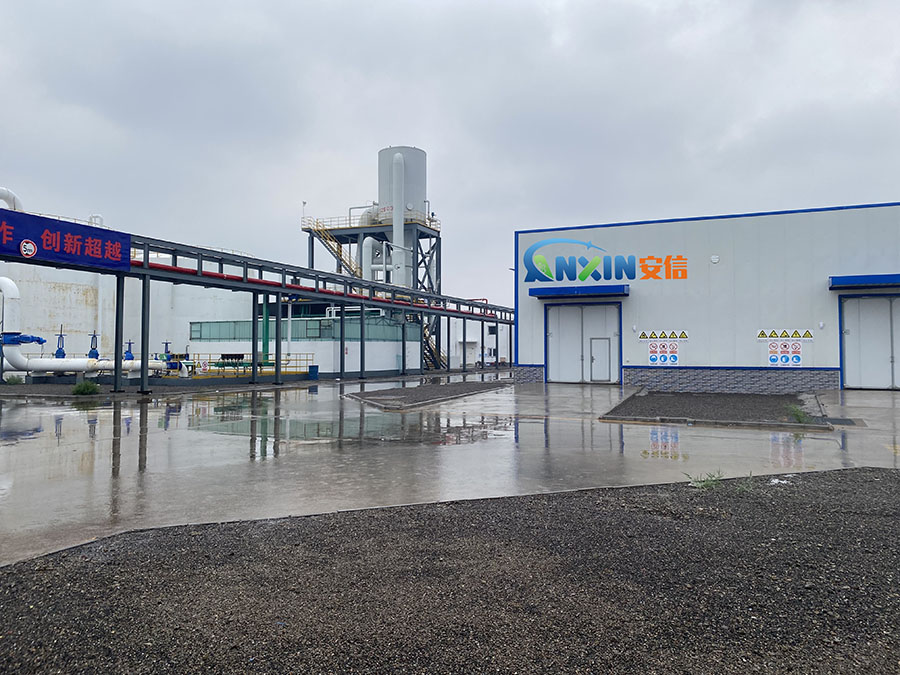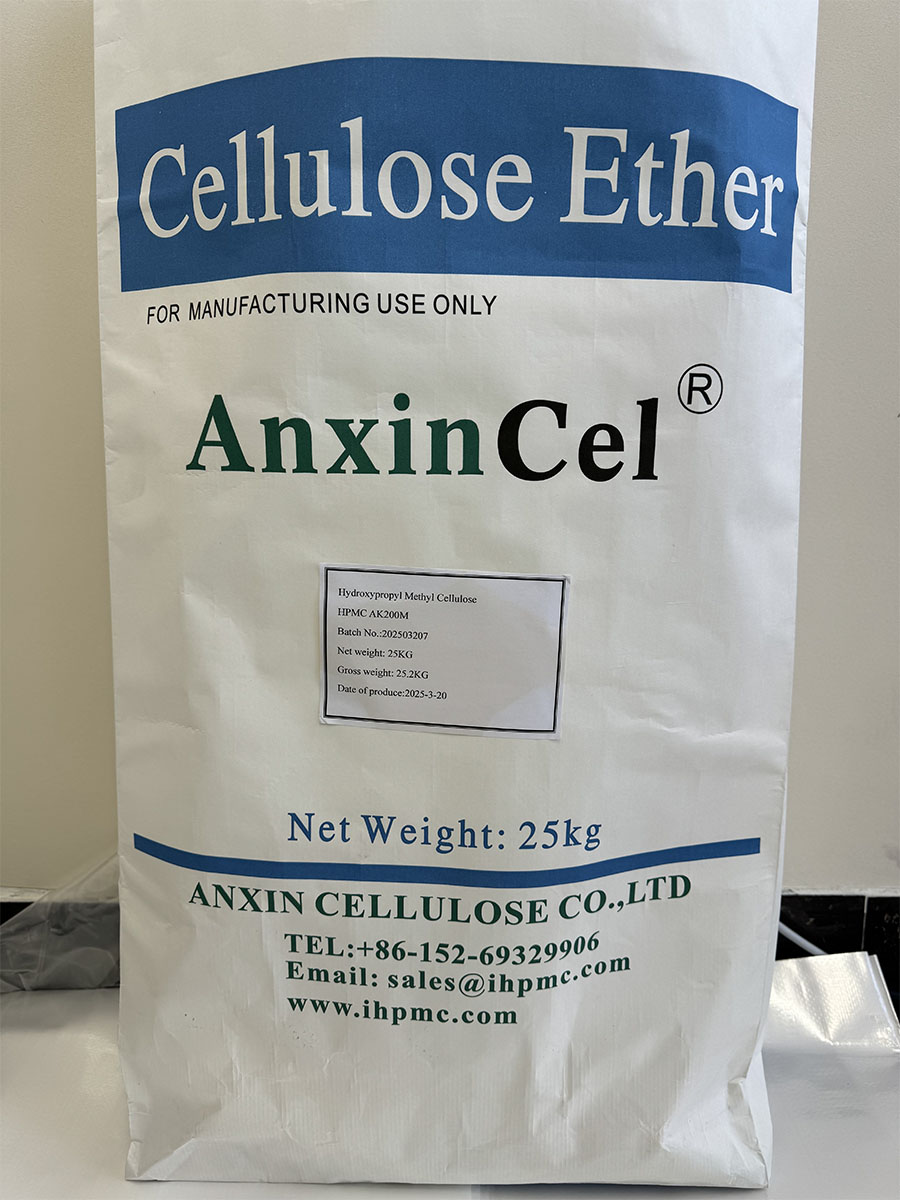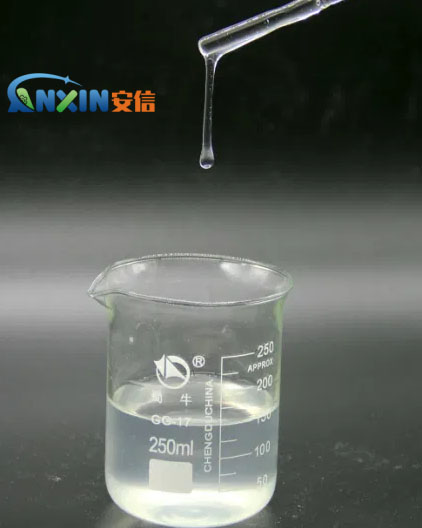1. Basic properties of HPMC
Hydroxypropyl methylcellulose (HPMC) is a nonionic cellulose ether widely used in building materials, medicine, food, cosmetics and other industries. Its unique physicochemical properties, such as solubility, thickening, film-forming and thermal gelation properties, make it a key ingredient in many industrial applications. Temperature is one of the main factors affecting the performance of HPMC, especially in terms of solubility, viscosity, thermal gelation and thermal stability.

2. Effect of temperature on the solubility of HPMC
HPMC is a thermoreversibly soluble polymer, and its solubility changes with temperature:
Low temperature state (cold water): HPMC is easily soluble in cold water, but it will absorb water and swell when it first contacts water to form gel particles. If stirring is not sufficient, lumps may form. Therefore, it is usually recommended to add HPMC slowly while stirring to promote uniform dispersion.
Medium temperature (20-40℃): In this temperature range, HPMC has good solubility and high viscosity, and is suitable for various systems that require thickening or stabilization.
High temperature (above 60°C): HPMC is prone to form hot gel at high temperature. When the temperature reaches a specific gel temperature, the solution will become opaque or even coagulate, affecting the application effect. For example, in building materials such as mortar or putty powder, if the water temperature is too high, HPMC may not be effectively dissolved, thus affecting the construction quality.
3. Effect of temperature on HPMC viscosity
The viscosity of HPMC is greatly affected by temperature:
Increasing temperature, decreasing viscosity: The viscosity of HPMC solution usually decreases with increasing temperature. For example, the viscosity of a certain HPMC solution may be high at 20°C, while at 50°C, its viscosity will drop significantly.
Temperature decreases, viscosity recovers: If the HPMC solution is cooled after heating, its viscosity will partially recover, but it may not be able to completely return to the initial state.
HPMC of different viscosity grades behave differently: high-viscosity HPMC is more sensitive to temperature changes, while low-viscosity HPMC has less viscosity fluctuations when the temperature changes. Therefore, it is particularly important to choose HPMC with the right viscosity in different application scenarios.

4. Effect of temperature on the thermal gelation of HPMC
An important characteristic of HPMC is thermal gelation, that is, when the temperature rises to a certain level, its solution will turn into gel. This temperature is usually called the gelation temperature. Different types of HPMC have different gelation temperatures, generally between 50-80℃.
In the food and pharmaceutical industries, this characteristic of HPMC is used to prepare sustained-release drugs or food colloids.
In construction applications, such as cement mortar and putty powder, the thermal gelation of HPMC can provide water retention, but if the construction environment temperature is too high, gelation may affect the construction operation.
5. Effect of temperature on the thermal stability of HPMC
The chemical structure of HPMC is relatively stable within the appropriate temperature range, but long-term exposure to high temperature may cause degradation.
Short-term high temperature (such as instantaneous heating to above 100℃): may not significantly affect the chemical properties of HPMC, but may cause changes in physical properties, such as decreased viscosity.
Long-term high temperature (such as continuous heating above 90℃): may cause the molecular chain of HPMC to break, resulting in an irreversible decrease in viscosity, affecting its thickening and film-forming properties.
Extreme high temperature (over 200℃): HPMC may undergo thermal decomposition, releasing volatile substances such as methanol and propanol, and causing the material to discolor or even carbonize.
6. Application recommendations for HPMC in different temperature environments
In order to give full play to the performance of HPMC, appropriate measures should be taken according to different temperature environments:
In low temperature environment (0-10℃): HPMC dissolves slowly, and it is recommended to pre-dissolve it in warm water (20-40℃) before use.
In normal temperature environment (10-40℃): HPMC has stable performance and is suitable for most applications, such as coatings, mortars, foods and pharmaceutical excipients.
In high temperature environment (above 40℃): Avoid adding HPMC directly to high temperature liquid. It is recommended to dissolve it in cold water before heating it, or choose high temperature resistant HPMC to reduce the impact of thermal gelation on the application.

Temperature has a significant effect on the solubility, viscosity, thermal gelation and thermal stability of HPMC. During the application process, it is necessary to reasonably select the model and method of use of HPMC according to the specific temperature conditions to ensure its optimal performance. Understanding the temperature sensitivity of HPMC can not only improve product quality, but also avoid unnecessary losses caused by temperature changes and improve production efficiency and economic benefits.
Post time: Mar-28-2025